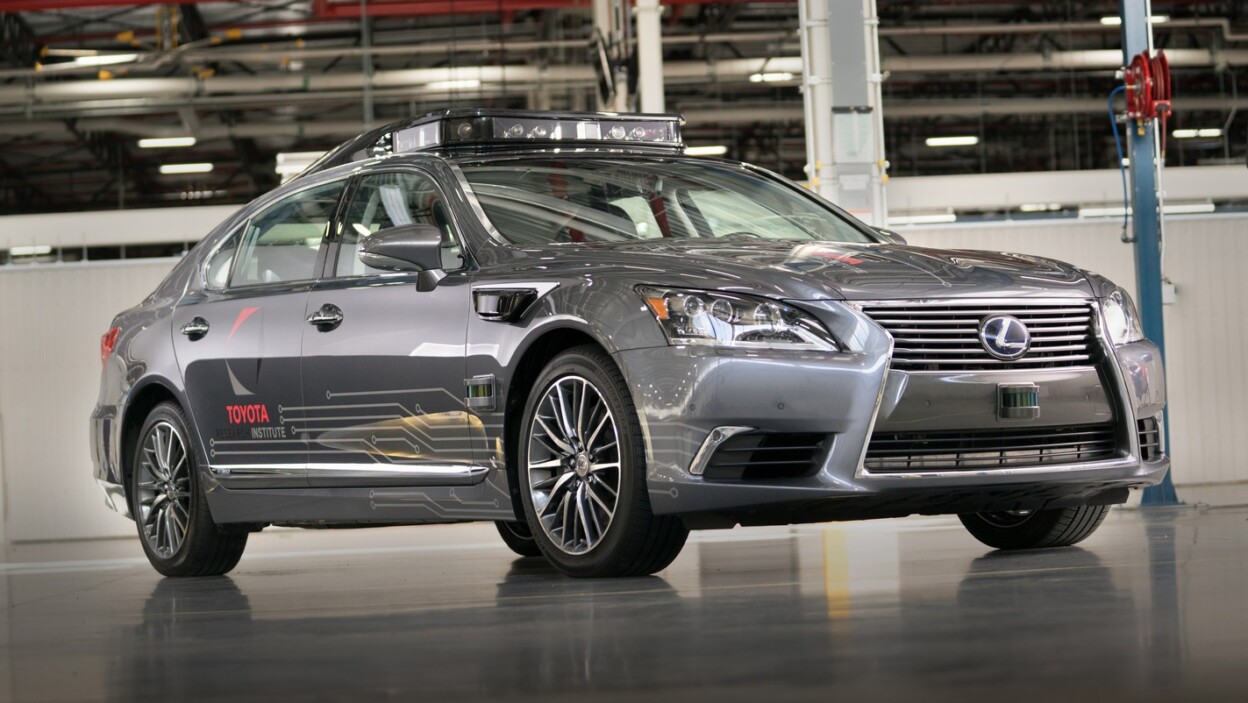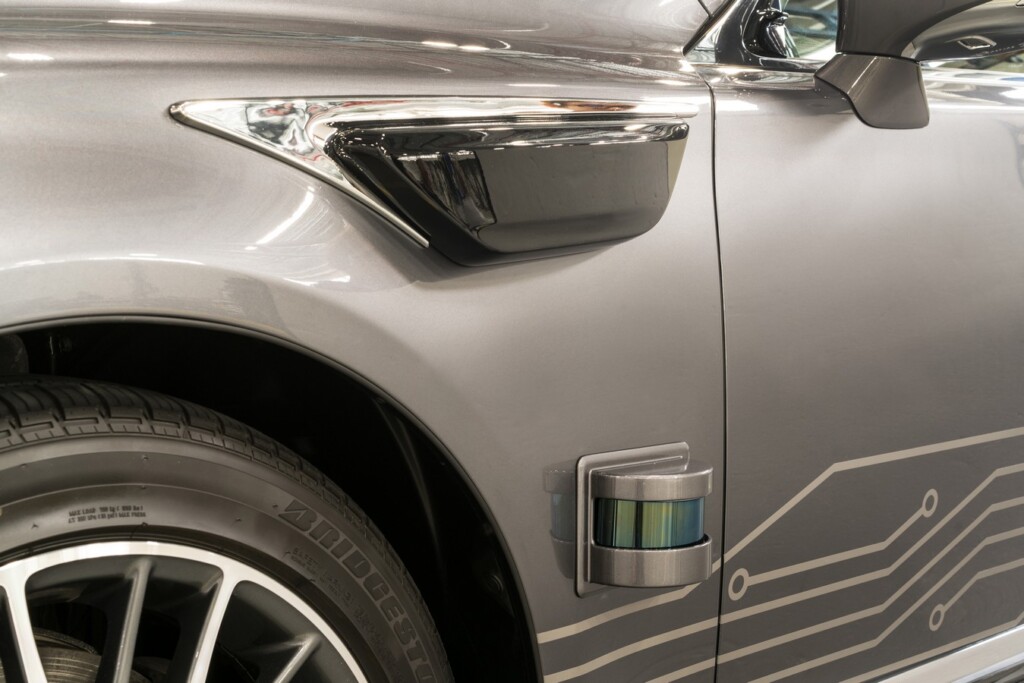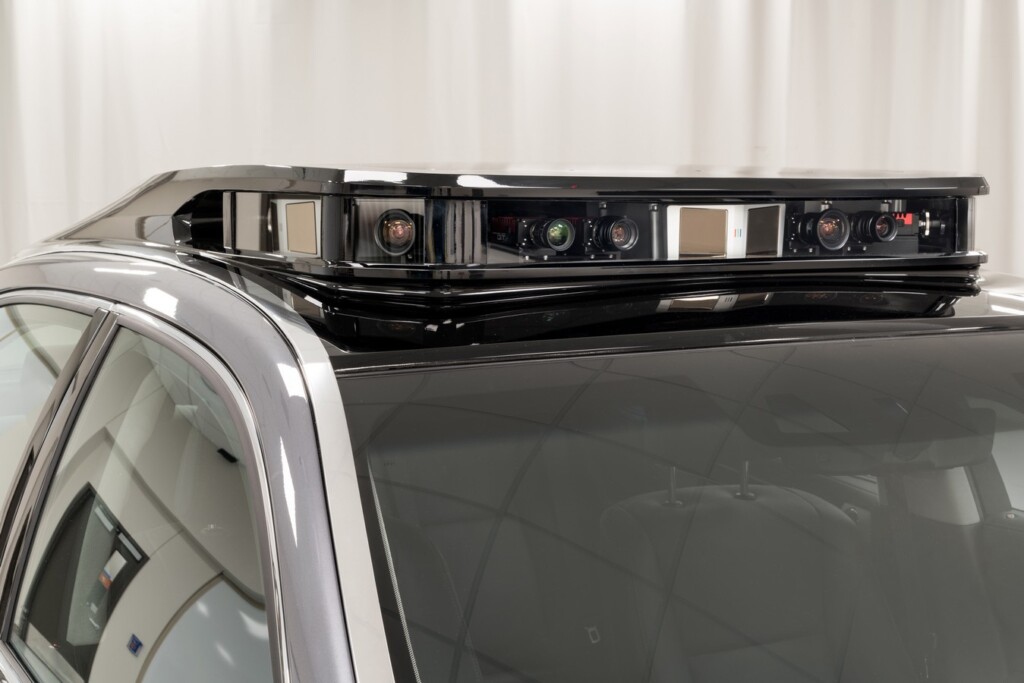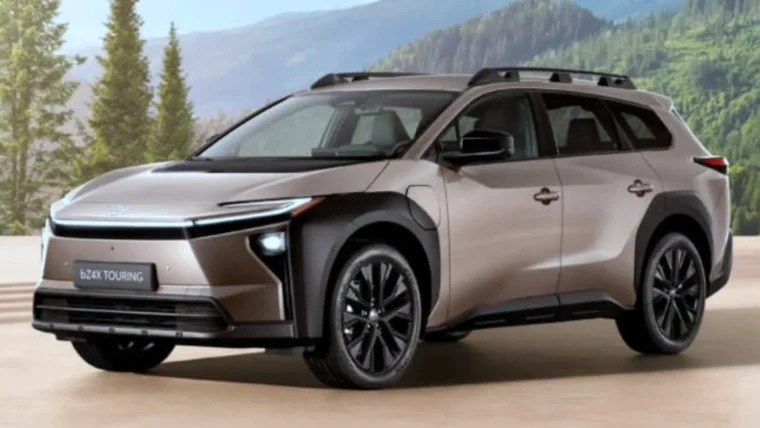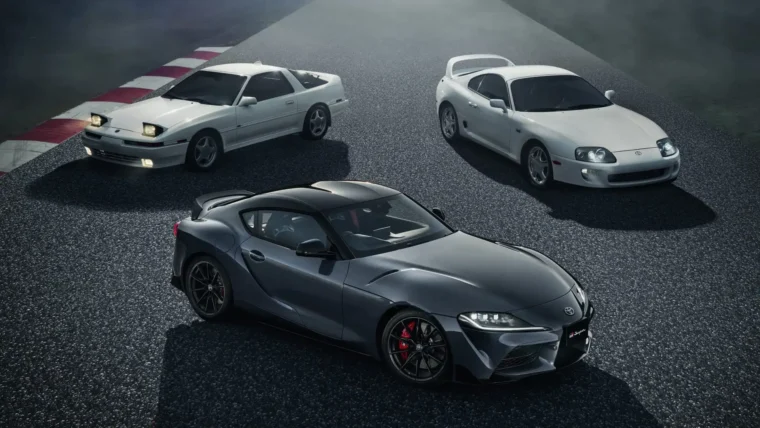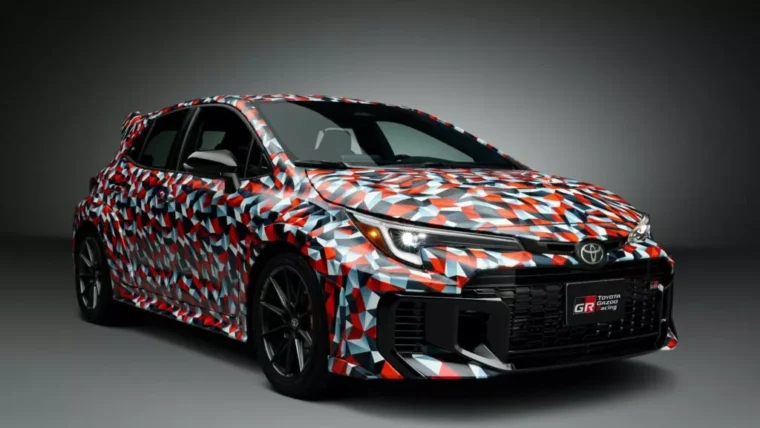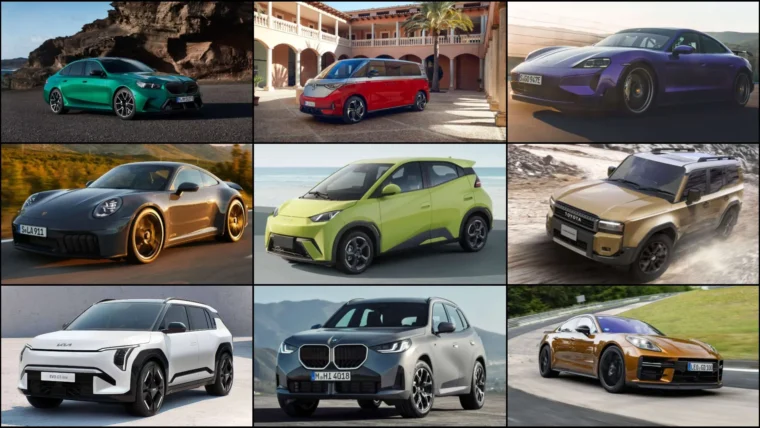As more and more automakers start revealing their research in self-driving cars, Toyota Research Institute (TRI) says that it is their turn to showcase their next-generation automated driving research vehicle, Platform 3.0, at the Consumer Electronics Show (CES) next week in Las Vegas. The platform uses a Lexus LS 600hL and will be displayed at Toyota’s booth at CES starting from tomorrow.
“Our team has once again rapidly advanced our automated vehicle research capabilities,” said Dr. Gill Pratt, TRI CEO and Toyota Motor Corporation (TMC) Fellow. “To elevate our test platform to a new level, we tapped Toyota’s design and engineering expertise to create an all-new test platform that has the potential to be a benchmark in function and style.”
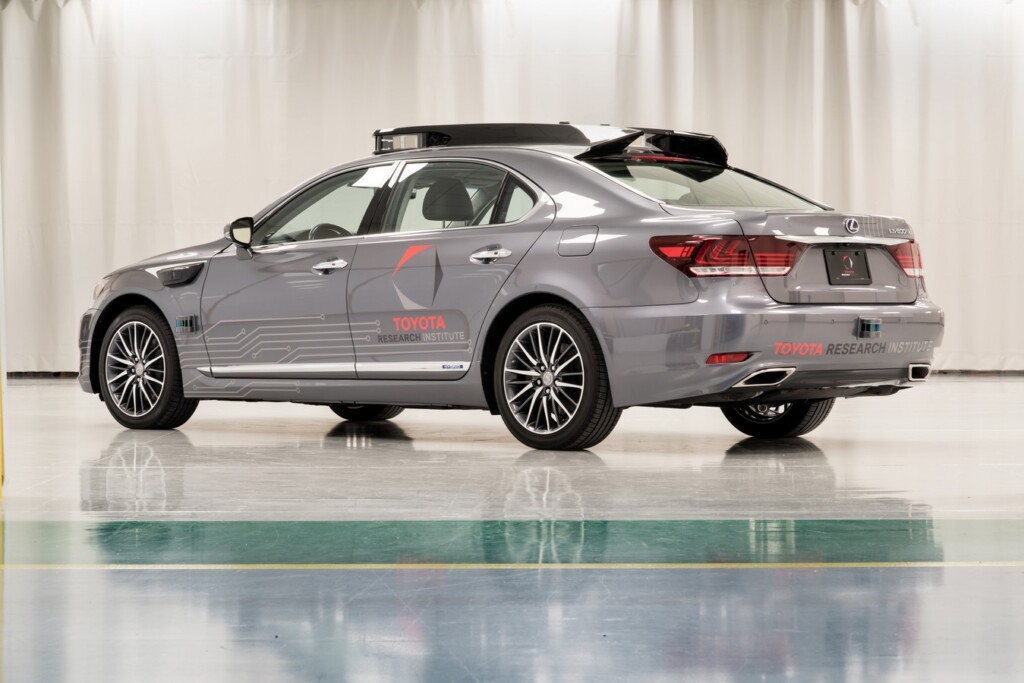
Platform 3.0 has a very sensor-rich package that makes it one of the most perceptive automated driving test cars on the road. The Luminar LIDAR system with 200-meter range, which had only tracked the forward direction on TRI’s previous test platform, now covers the vehicle’s complete 360-degree perimeter. This is enabled by four high-resolution LIDAR scanning heads, which precisely detect objects in the environment including notoriously difficult-to-see dark objects.
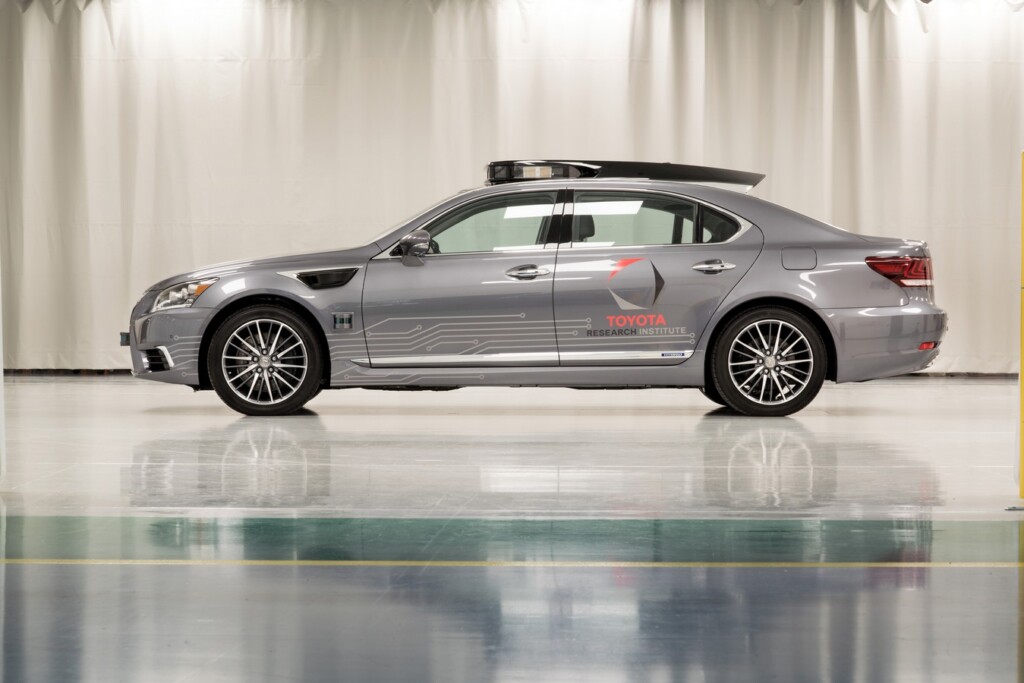
Shorter-range LIDAR sensors are positioned low on all four sides of the vehicle―one in each front quarter panel and one each on the front and rear bumpers. These can detect low-level and smaller objects near the car like children and debris in the roadway. The new platform remains flexible for incorporating future breakthrough technology as it becomes available.
DESIGN
TRI engaged the expertise of CALTY Design Research in Ann Arbor, Mich. and engineers at Toyota Motor North America Research and Development (TMNA R&D) to compact and conceal the sensors and cameras. They created a new rooftop weather and temperature proof panel, cleverly using available space in the sunroof compartment to minimize the overall height. Their ingenuity eliminates the look of equipment as bolt-on appendages and replaces the “spinning bucket” LIDAR sensor that has historically characterized autonomous test vehicles.
CALTY designed the confident image of the rooftop panel, defined as intelligent minimalism, which is inspired by off-road motorcycle helmets. The forward area has a crisp technical look that becomes more fluid and aerodynamic toward the rear of the car, unifying with the contour lines of the LS. The panel is embellished with chrome trim that runs along the side where it meets the roofline.
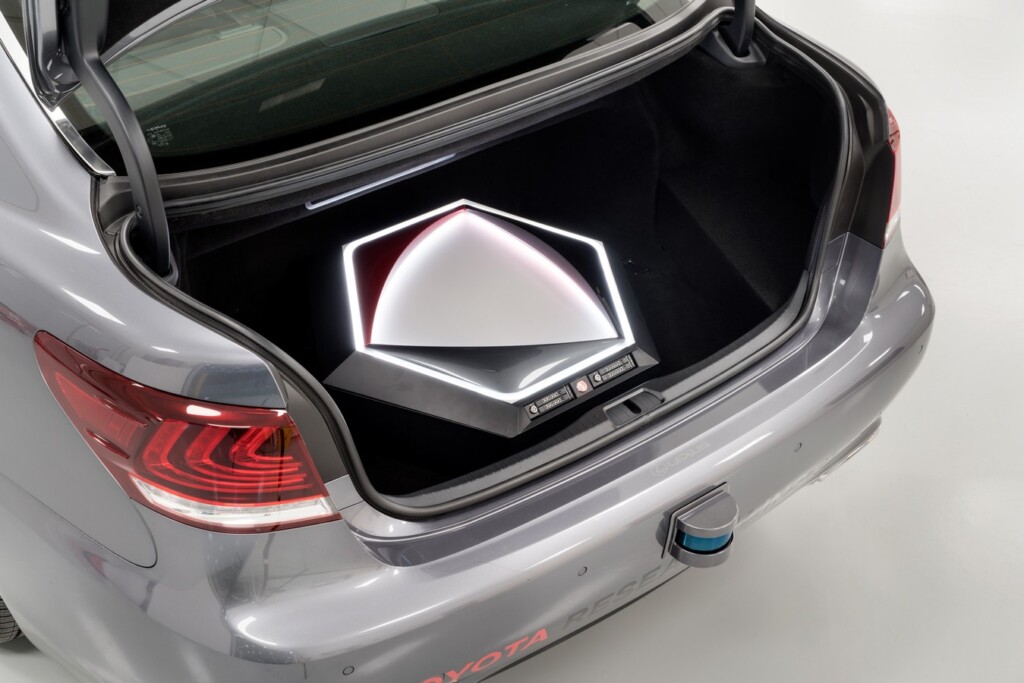
“Automotive designers’ roles have been pivoting toward thinking deeper and greater on how to design and apply automated driving technology for drivers and passengers,” said Scott Roller, Senior Lead Designer at CALTY Design Research who worked on the project. “It’s exciting to integrate the components in harmony with the car’s design.”
The vehicle’s computational architecture for operating the automated vehicle components, which previously consumed nearly all trunk space, has also been consolidated. The electronics infrastructure and wiring in condensed into a small box exquisitely adorned with an LED-lit TRI logo.
PRODUCTION
Production of Platform 3.0 vehicles begins this spring. The Prototype Development Center at TMNA R&D headquarters in York Twp., Mich., which has expertise in low volume, specialized production, will create Platform 3.0 cars from stock Lexus LS models.
Production volume is intentionally low to allow for continued flexibility given the quickness with which TRI has progressed in updating its test platform. There have been three major updates, including two new generation test models, in less than a year, and TRI anticipates continued rapid developments.
A share of the new test vehicles will be assembled with the dual cockpit control layout that TRI debuted last summer. This arrangement is for testing TRI’s Guardian approach to automated driving, experimenting with effective methods to transfer vehicle control between the human test driver and the automated system while maintaining a safety driver as a backup. Single cockpit vehicles, like the one on display at CES, are used to test Chauffeur, which is TRI’s approach to full vehicle automation.
Both Guardian and Chauffeur test vehicles use the same technology stack of sensors and cameras and similar software.
Other posts by Mark Leo

